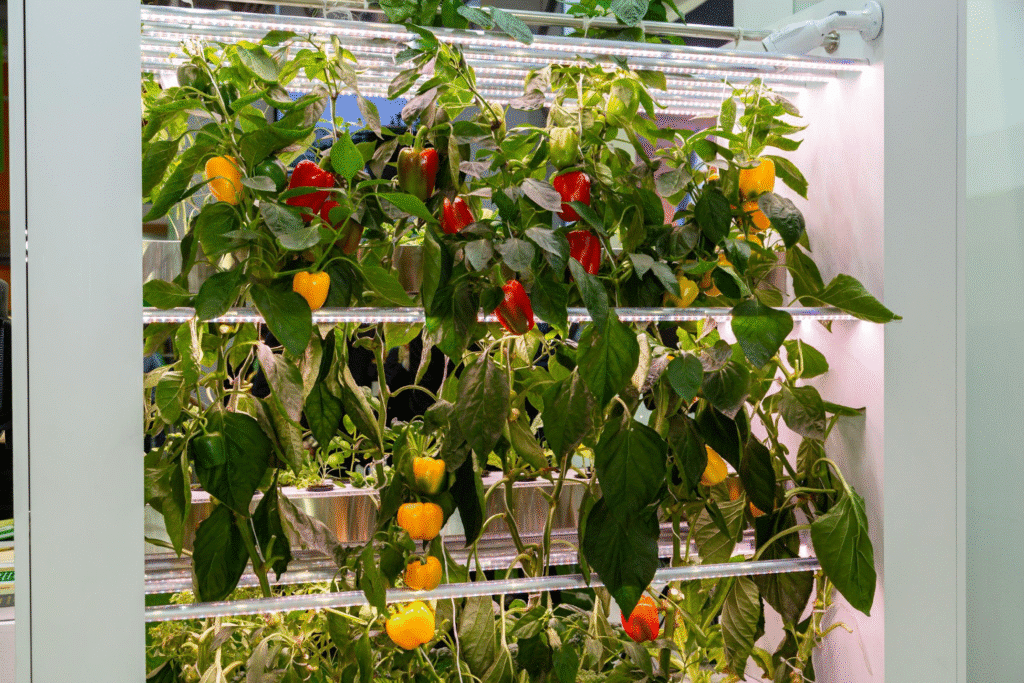
Indoor gardening has become increasingly popular, allowing plant enthusiasts to grow fresh herbs, vegetables, and ornamental plants year-round, regardless of outdoor conditions. However, one of the biggest challenges for indoor growers is ensuring plants receive adequate light. Natural sunlight is often insufficient indoors, making grow lights a crucial tool for healthy plant growth.
Choosing the right grow light involves understanding your plants’ needs, evaluating different light types, and managing placement, spectrum, and intensity. This guide covers everything you need to know to select the best grow light for your indoor space.
1. Understand Your Plants’ Light Requirements
Before purchasing a grow light, it’s essential to understand what your plants need. Different species require varying amounts of light intensity and duration to thrive. Leafy greens and herbs like lettuce, spinach, basil, and parsley generally require moderate light and shorter exposure periods, making them ideal for beginner indoor gardens.
Flowering and fruiting plants, such as tomatoes, peppers, and orchids, demand higher light intensity and a full spectrum of light to support blooming and fruit development. Ornamental houseplants, including pothos, snake plants, and ferns, can survive in lower light conditions but still benefit from supplemental lighting in darker indoor spaces.
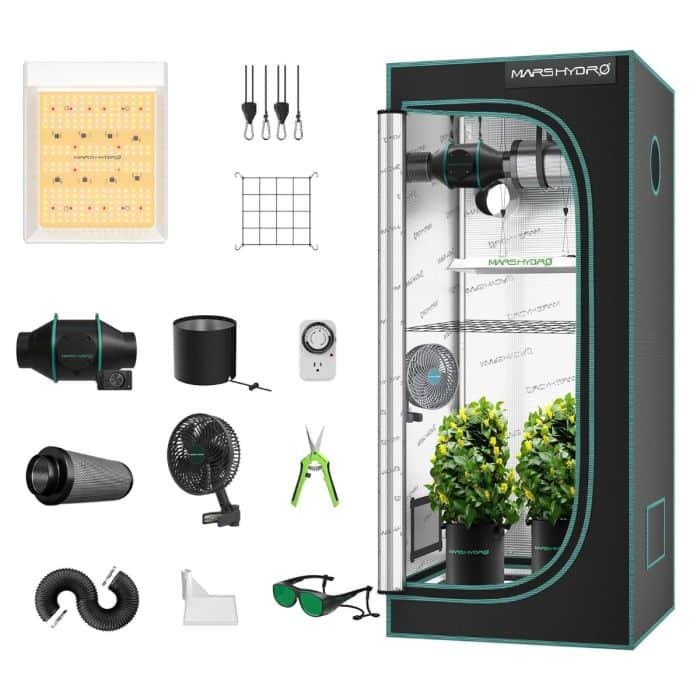
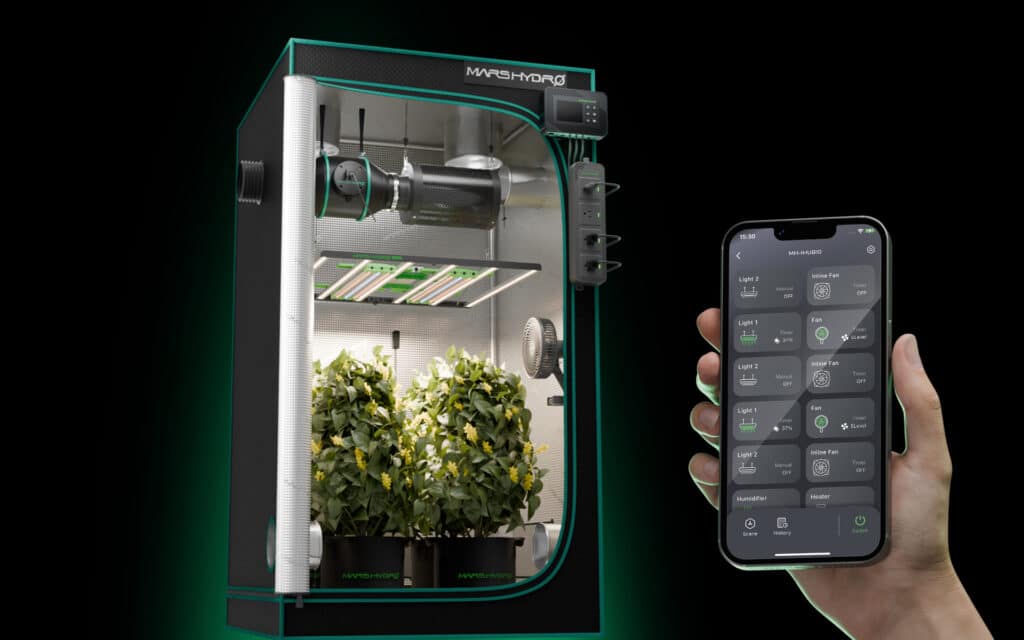
2. Choose the Right Type of Grow Light
Grow lights come in several types, each with unique benefits and considerations. LED grow lights are the most popular option for indoor gardeners. They are energy-efficient, long-lasting, and available in full-spectrum versions that mimic natural sunlight, making them versatile for almost any indoor gardening setup.
Fluorescent lights, such as compact fluorescent (CFL) or T5 tubes, are affordable and effective for small-scale gardens, particularly for seedlings, herbs, and leafy greens. Discharge (HID) lights, including Metal Halide (MH) and High-Pressure Sodium (HPS) bulbs, deliver powerful light for larger setups or high-light plants but produce more heat and use more electricity, often needing extra cooling.
For most beginners, LED grow lights strike the perfect balance between efficiency, versatility, and ease of use.
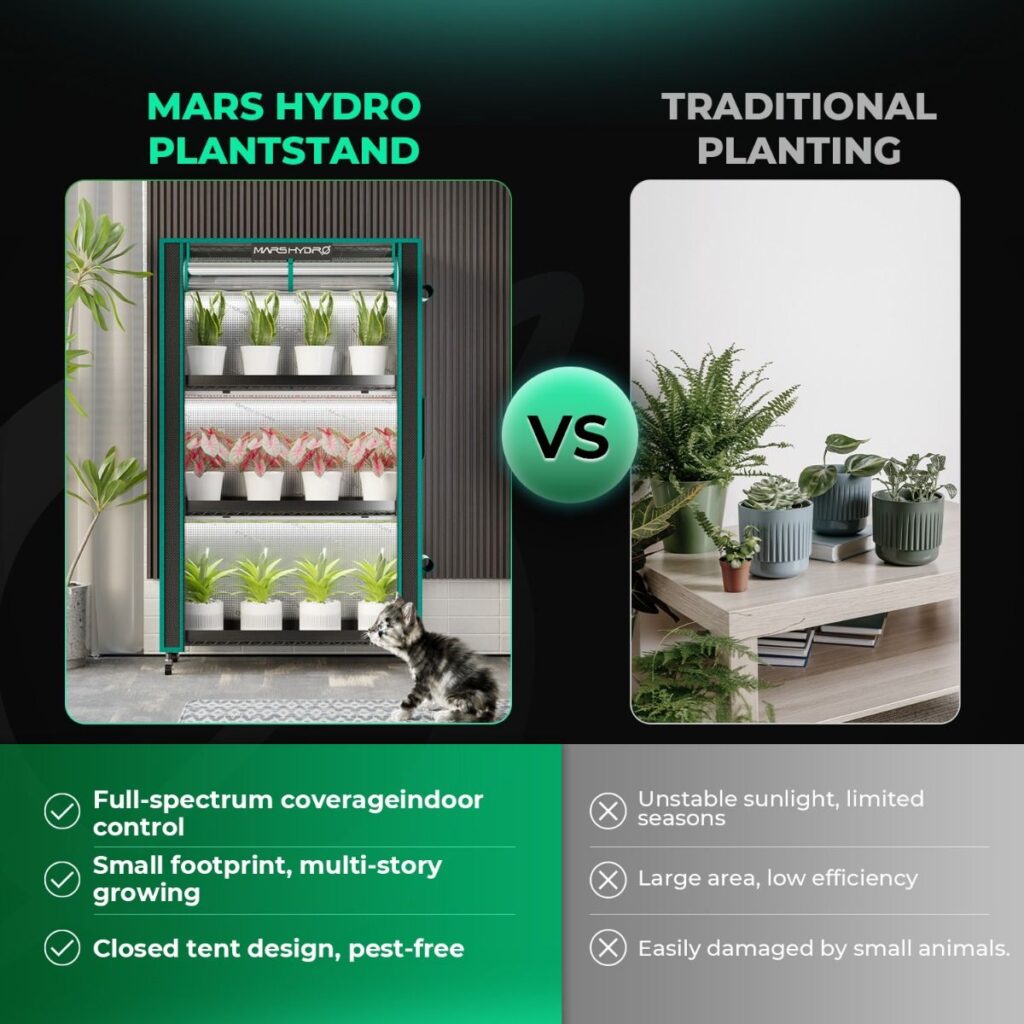
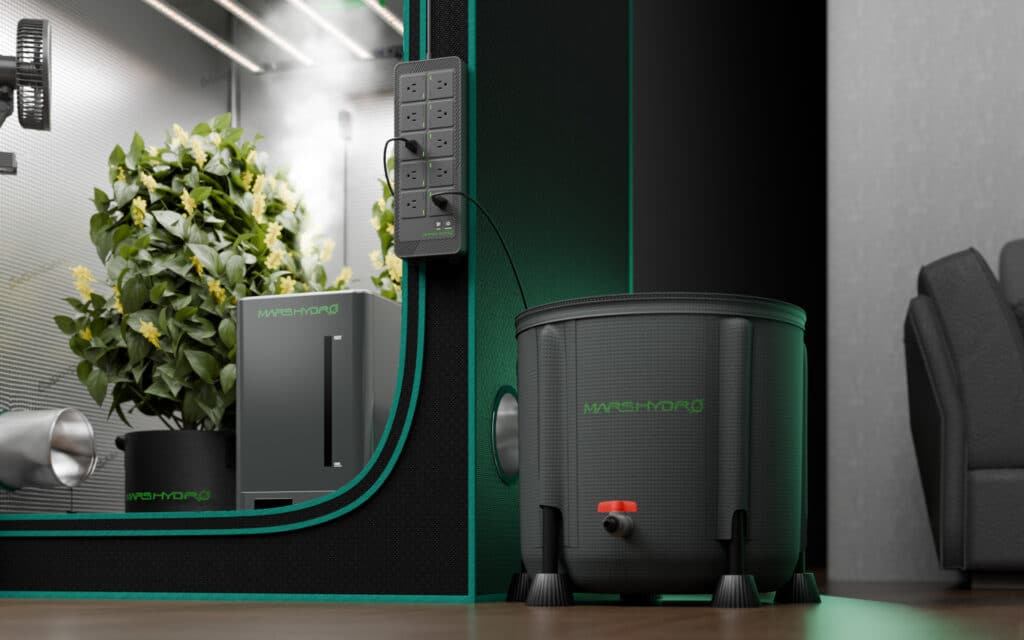
3. Consider Light Intensity and Coverage
Light intensity determines how effectively your plants can photosynthesize and grow. It is typically measured in PPFD (Photosynthetic Photon Flux Density), which indicates the amount of usable light reaching the plant canopy. Ensuring proper coverage is essential to prevent uneven growth, stretching, or weak leaves.
For small indoor gardens, a single LED panel or fluorescent tube may be sufficient, while medium to large gardens often require multiple lights or larger panels to cover all plants evenly. Always assess the size of your indoor space and the number of plants you plan to grow before selecting a light setup to ensure consistent coverage.

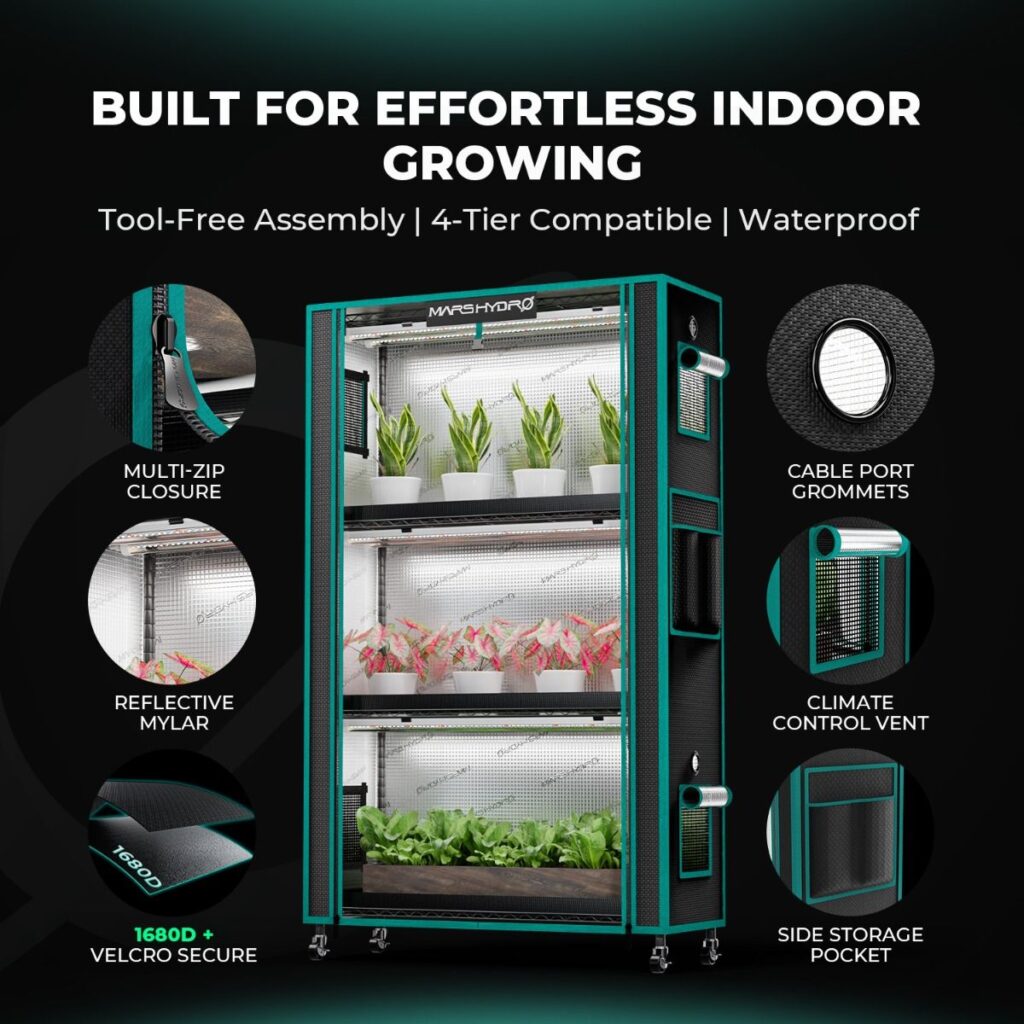
4. Understand the Light Spectrum
The spectrum of a grow light refers to the range of wavelengths it emits, which influences plant growth and development. For example, blue light supports strong leaves and stems, while red light promotes flowering and fruiting. Full-spectrum lights cover all the wavelengths a plant needs, providing balanced coverage for every stage of growth.
For most indoor gardens, full-spectrum LED grow lights are the ideal choice, as they can support seedlings, mature plants, and flowering plants without requiring multiple types of lights
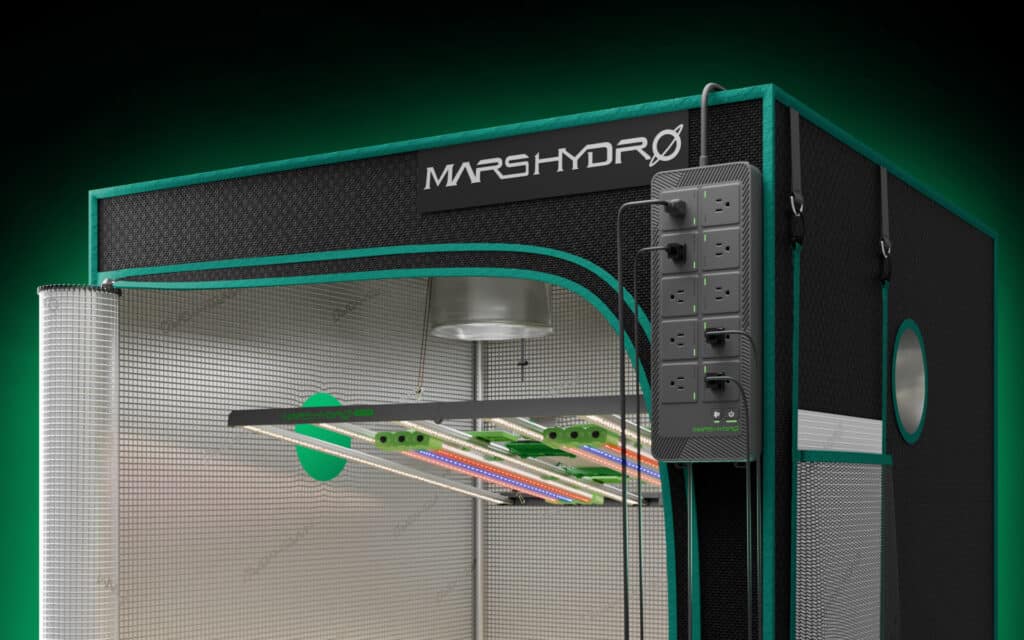
5. Set a Consistent Lighting Schedule
Consistency is critical for indoor plants to thrive. Most plants require a specific number of hours of light per day: leafy greens and herbs generally need 12–16 hours, while flowering and fruiting plants benefit from 14–18 hours during vegetative growth, followed by 10–12 hours during flowering.
Using timers for your grow lights ensures plants receive consistent lighting without overexposure or neglect. Establishing a daily routine helps regulate plant growth cycles and supports healthy, uniform development.
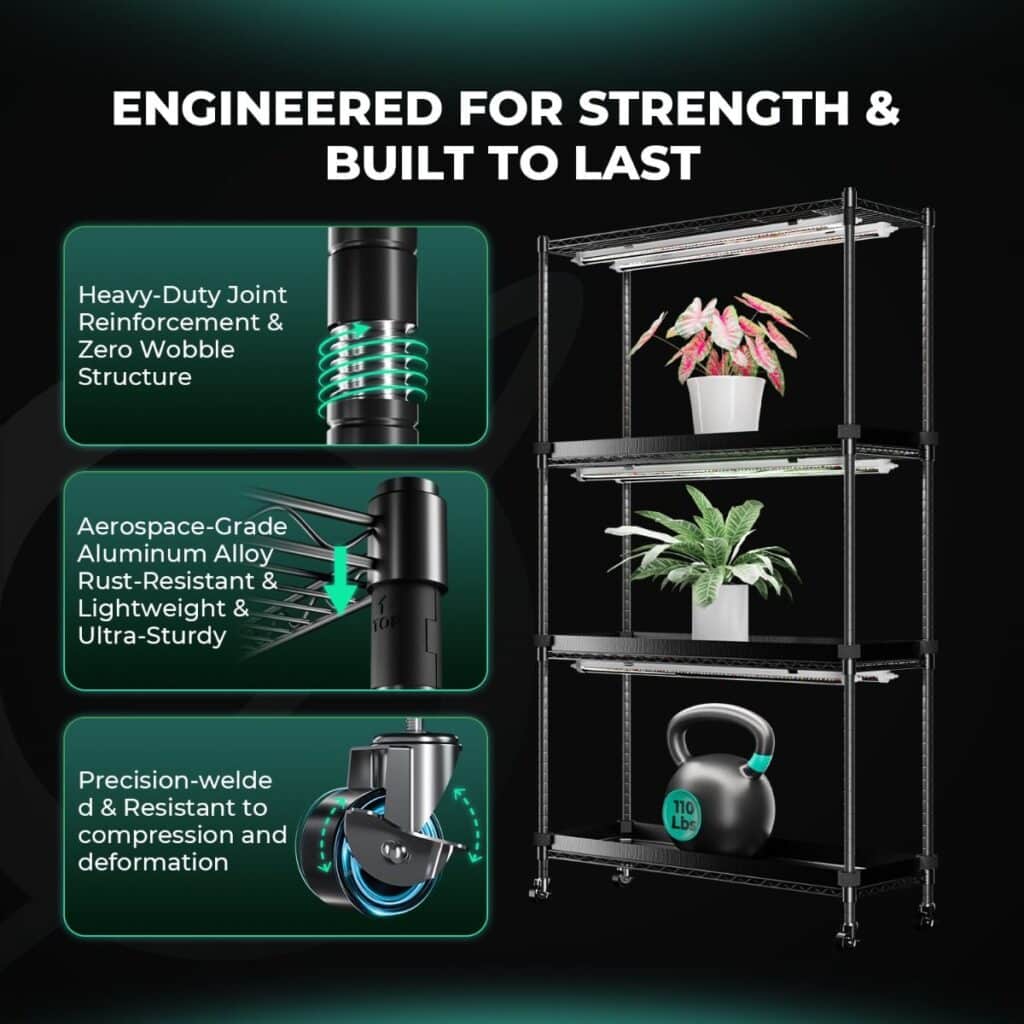
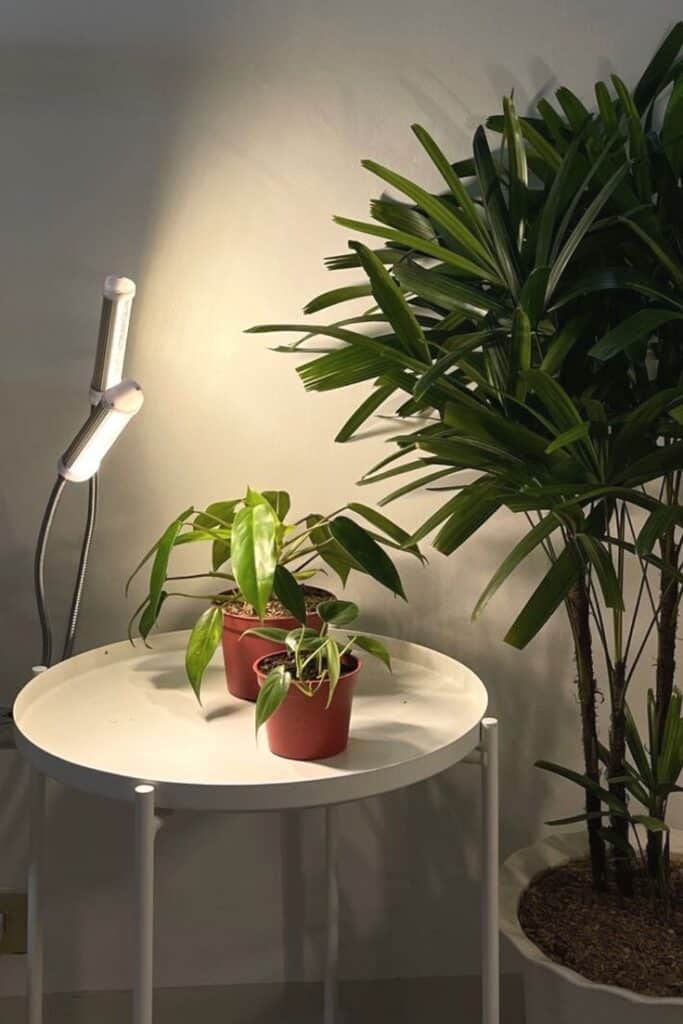
6. Optimize Placement and Setup
Proper placement of your grow lights maximizes their effectiveness. Position lights above the plants, maintaining an appropriate distance based on intensity and plant needs. Rotate plants regularly to promote even growth and prevent them from leaning toward a light source. Avoid placing lights too close, which can burn leaves, or too far, which can result in stretching and weak stems.
Final Thoughts
Selecting the right grow light for your indoor space is essential for creating a healthy and productive garden. Understanding your plants’ light requirements, choosing the appropriate type of light, considering intensity and coverage, and managing spectrum and heat will all contribute to thriving plants and successful indoor gardening.
- 0shares
- Facebook0
- Pinterest0
- Twitter0


